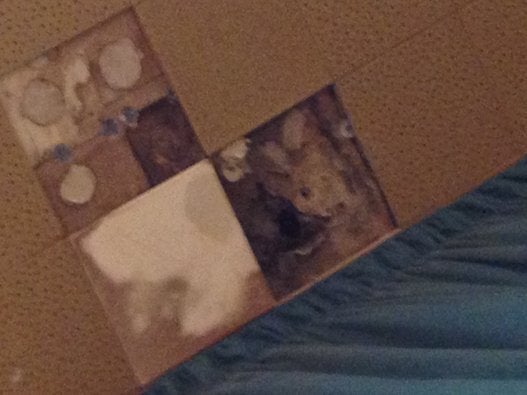
What kinds of conversations have you been hearing about back-to-school supplies lately? The angry ones where parents fume at teachers for demanding so much? Or the sad ones where parents living in poverty are trying to figure out what to cut from the household budget in order to buy a new pair of shoes for a child?
Or have you heard those heartwarming stories of strangers approaching teachers in stores and offering to pay for all the classroom supplies that teachers are purchasing out of their own pockets?
You must have noticed how these lists have been getting longer each year. You recall that 30 years ago, school supply lists were quite short, perhaps just two items: pencil crayons and a geometry set. But for a number of years now, the lists have become very long and often include two types of paper: photocopying and toilet.
How did we get to this point?

Increasingly longer school supply lists are now the norm everywhere public education is undergoing "reform" but here in B.C. we can trace the pathway back to 2002 when the newly elected BC Liberals changed the formula for funding schools.
In essence, this meant that they would no longer fund resources that previous governments had funded. And so, for the past 15 years, as costs have increased, school districts have had to do more with less. They have long been cutting "low hanging fruit" and have reached a point where there is nothing more to cut. Now, parent-taxpayers, along with annually contributing to taxes earmarked for schools, have to make additional contributions to education resources.
This is much easier for some parents to do than others. For parents living in poverty, it is quite a hardship. With B.C. having the highest rate of childhood poverty in Canada, there are thousands of parents right now wondering which essential item in their household budget to do without so that their child will have shoes, clothing and supplies for school.
Whilst providing the basics may not be a difficulty for other parents, there is a different set of concerns that keep them awake at night: worrying about whether their children's health and safety is assured while they're at school.
Fifteen years of cuts to education funding means that there are many public schools where parents are wondering about whether to include the following on their shopping list for school supplies:
- A water testing kit to check if their child's school is one of the 92 per cent likely to have lead in drinking water
- A hazmat suit to protect against asbestos contamination
- Reflective vests for long walks to school in the absence of schools buses or public transport
- A mask to protect against breathing in mould spores
- Mice/rat traps (humane ones)
- Buckets to catch water falling through leaky roofs
- Personal fans/heaters to keep cool/warm in schools with aging heating/cooling systems
- Safety whistle to blow after earthquake so that recovery crews can locate survivors
Including these items on a school supplies list will add several hundred dollars to the average cost of $108 per child per year that parents spend. And that spending would be in addition to the $150 per child per year that parents are contributing to fundraisers.
Given that our premier has already begun campaigning for re-election in 2017, perhaps conversations about school supply lists should be expanded to a province-wide conversation about how our public education system is funded.
How is it possible to have a "strong economy" when our schools are in such a state?
Whose tomorrow can be secure when our children have to contend with dilapidated buildings, overcrowded classrooms and a lack of support for their learning needs?
While considering who to vote for in May 2017, can we have a conversation about the value of public education to the citizens of B.C.?
Also on HuffPost:
